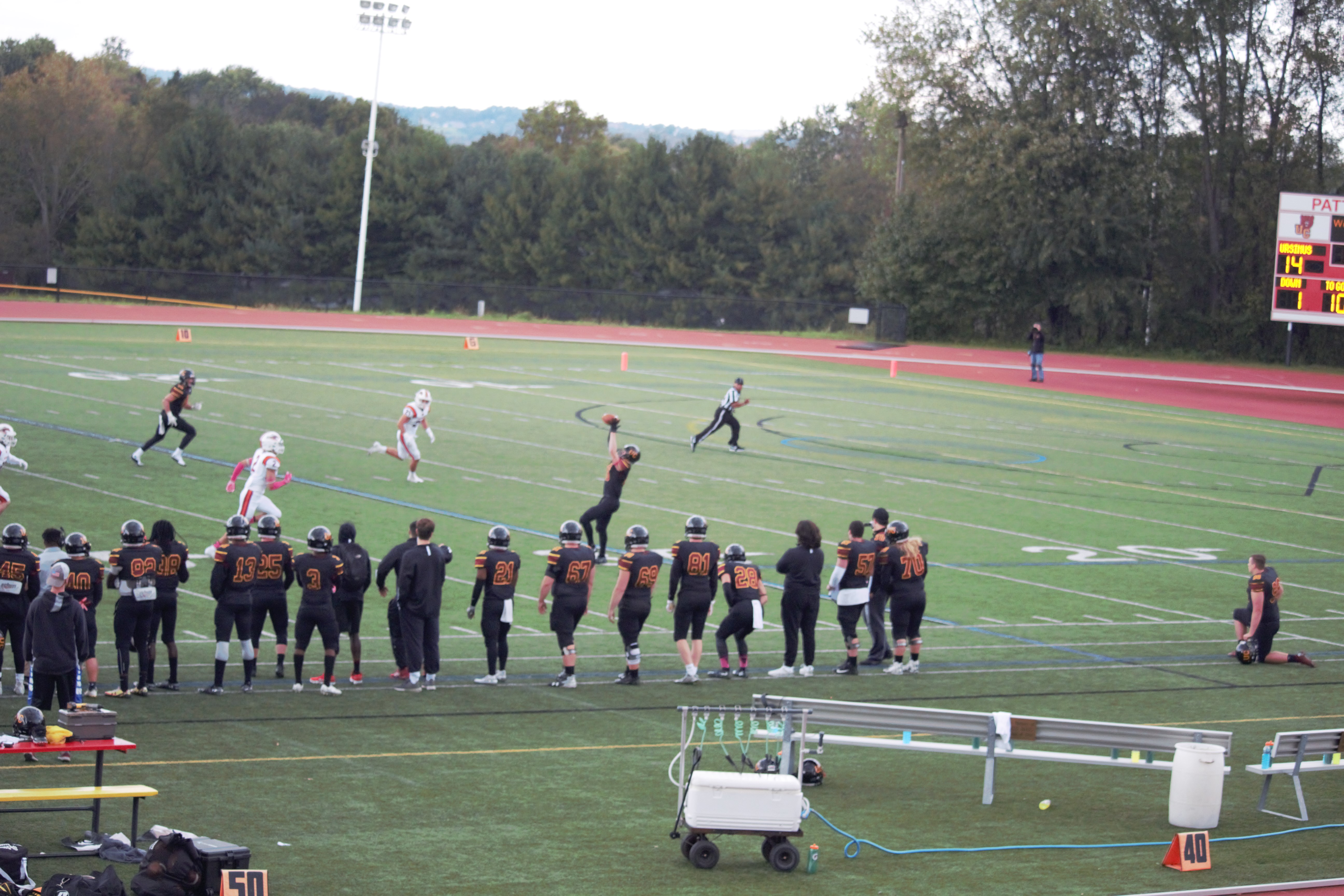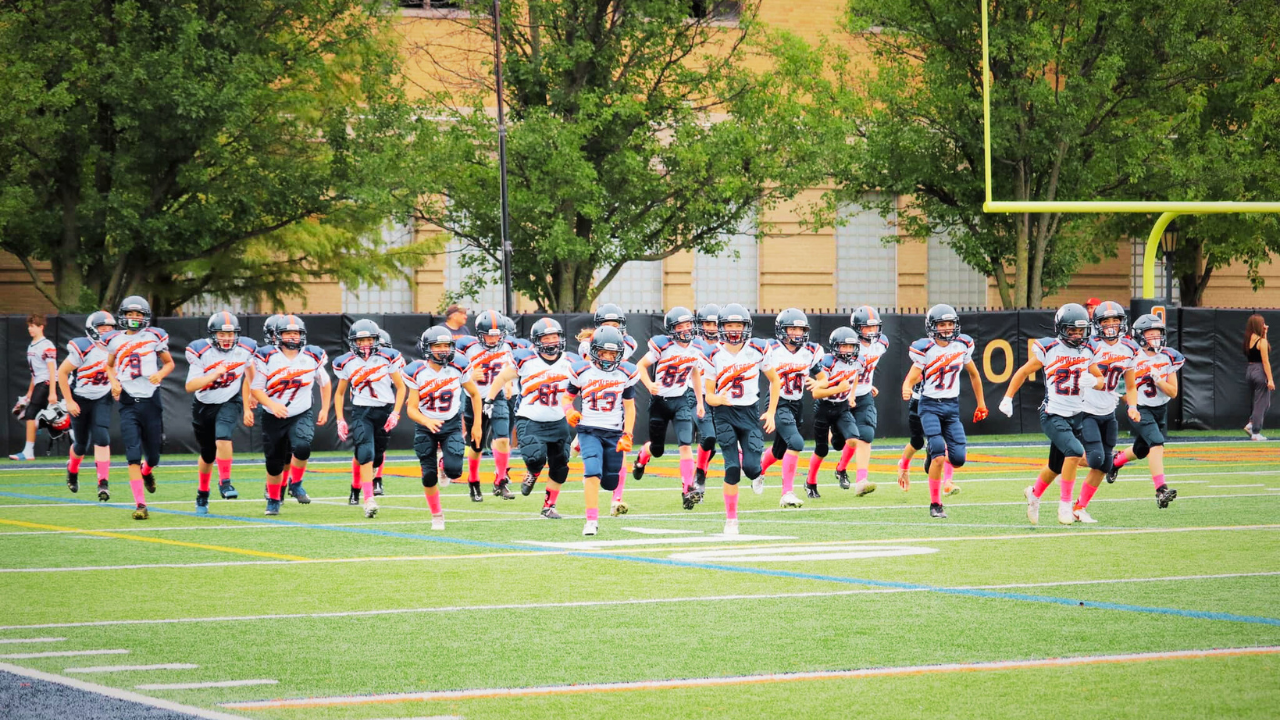Coaching the Wide Receiver: Route Running Coaching Points

Running routes is one of the most under-coached aspects of football. The same way an offensive lineman needs to be coached on the details of each of his steps, wide receivers need to be taught the finer points of the routes they are running. We break our route running down into segments. We tell our receivers that each route has three basic parts to it that must be mastered.
Route Running Coaching Points
Part 1: The first part of any route is the stem. This is the first 3 steps of the route. The objective of the stem is for the receiver to gain a leverage advantage on the defender. This could mean a lot of different things depending on the route and the coverage that he is facing, but if a receiver is not able to successful gain a leverage advantage over the defender, he is going to be put in a position of disadvantage that he will struggle to overcome over the course of the route.
Part 2: The next part of the route is the time where the receiver is working to close the defender’s cushion. Obviously, the length of this can vary depending on the length of the route. On a hitch route the stem and the closing section blend into one another, but there are subtle differences. In the receiver’s stem he may be looking to get the defender to move one way or another, on a hitch he wants to work so that the defender is towards the outside so he will spend the stem portion of the route establishing this leverage. During the closing section he wants to force the defender to react to his movements, in this case backpedaling because he is worried about getting beat deep.
Related Content: Technique Football Camp: Wide Receiver Progression Drills
Part 3: The final section of the route is the separation. While this can largely be thought of as the break, this is the time where the receiver is looking to create space between himself and the defender who is covering him. On a route like a hitch it is when he sinks his hips and turns back towards the Quarterback. One a fade route this would be the time where the ball is descending, and the receiver looks to bend his route away from the defender.
Once a coach has broken each route down into these three sections, he can start to see the different stages, and objectives of each segment within each route. This allows the coaching to be more detailed. Instead of telling the receiver to simply run downfield for five yards and turn around, the coach can give direct instructions that will help the receiver achieve the goal of each segment. In the case of a hitch this might mean he tells the receiver to attack the outside hip of the defender for 5 yards before stopping and working back to get between the Quarterback and the defender. Each of these coaching points is focused on the same route, the major difference is that the second coaching points focuses on the purpose of each segment and tells the receiver the best way to accomplish this.
Related Content: Beating Press Coverage
It’s easy to draw a route on a board and tell the receiver to run it. There are subtle variations that a great receiver understands in how they want to manipulate the defender to get space for a completion. As the coach, it is our job to teach the average receiver these differences so they can elevate their level of play to the elite.










